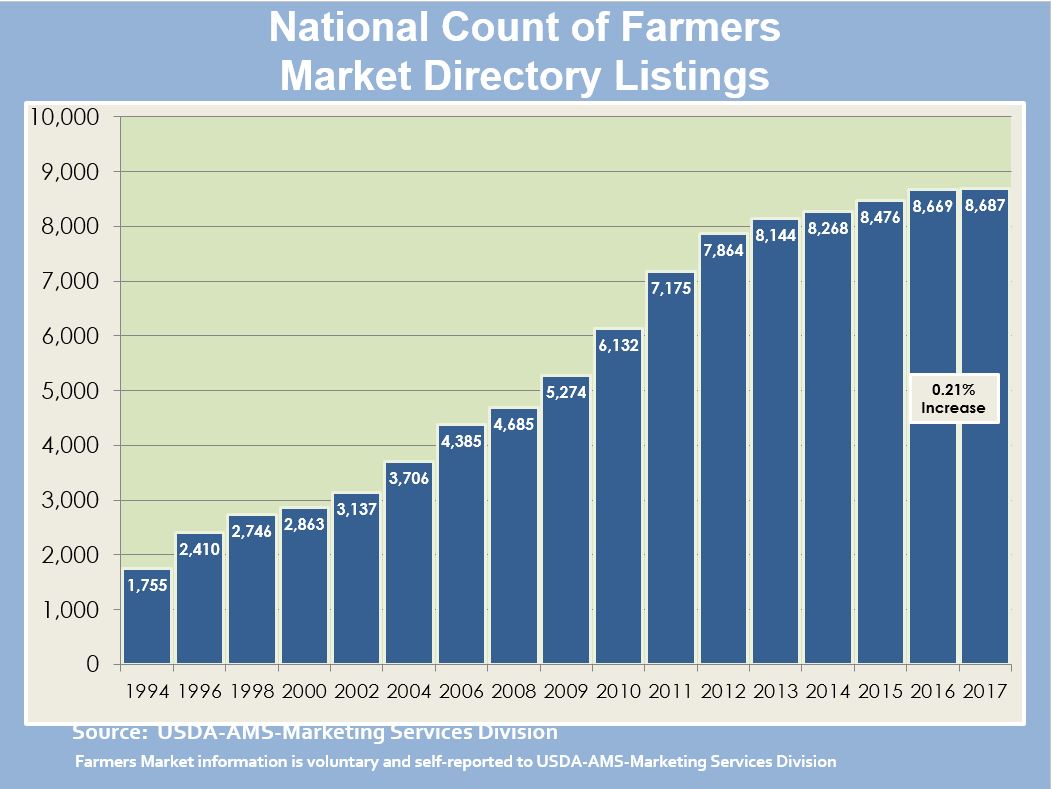2015 Los Angeles County Fiscal Manual

California's Juvenile Justice Crime Prevention Act was designed to provide a stable funding source for juvenile programs that have proven effective in curbing crime among at-risk and young offenders. It provides funds to counties to add evidence-based programs and services for juvenile probationers identified with higher needs for special services than needs identified for routine probationers, at-risk youths who have not entered the probation system but who live or attend school in areas of high crime or who have other factors that potentially predispose them to criminal activities, and youths in juvenile halls. The California state legislature requires the Board of State and Community Corrections to submit annual reports evaluating the program on six outcome measures: (1) successful completion of probation, (2) arrests, (3) probation violations, (4) incarcerations, (5) successful completion of restitution, and (6) successful completion of community service. Each county can also measure supplemental outcomes. The report also compares juvenile justice system costs for program youths in the six months before they entered a program and in the six months after entering the program.

Differences in outcomes between program participants and comparison-group youths are relatively small, but they are consistent enough that they appear to be real differences rather than statistical anomalies. County-developed supplemental outcomes tend to be more favorable than state-mandated big six outcomes, although samples tend to be considerably smaller than for big six outcomes. Key Findings. Treatment and comparison groups differed significantly on state-mandated outcomes. Participants in the Enhanced Mental Health Services initiative had significantly higher rates of completion of community service. Participants in the Enhanced Services to High-Risk/High-Need Youths initiative did at least as well as the previous year's cohort in five of the big six outcomes and exceeded expectations for rates of arrest.
Ncis Los Angeles 2015
Participants in the Enhanced School- and Community-Based Services initiative had significantly more-positive outcomes than the comparison-group youths in five of the big six outcome measures. For the programs that used educational measures as supplemental outcomes, school attendance improved significantly in the term following program entry. School suspensions and expulsions also dropped, although the differences were not always statistically significant. Among participants in the school-based programs, test scores were significantly higher for strengths and significantly lower for risks and barriers, except for strengths in the very small School-Based Probation Supervision for Middle School Probationers program. Abolish Chronic Truancy and Inside-Out Writers showed significant improvements in supplemental outcomes as well. Treatment and comparison groups differed significantly on county-mandated outcomes, but samples were small enough to warrant caution in interpretation. Supplemental outcomes in the Enhanced Mental Health Services initiative showed significant differences in Brief Symptom Inventory scores for youths in the Mental Health Screening, Assessment, and Treatment program and in school attendance for Multisystemic Therapy participants.
Los Angeles County Fiscal Manual
In the Enhanced Services to High-Risk/High-Need Youths initiative, self-efficacy scores improved significantly for Gender-Specific Community youths. Among High Risk/High Need participants, measures of family relations also improved significantly. The research described in this report was conducted by the within. This report is part of the RAND Corporation research report series. RAND reports present research findings and objective analysis that address the challenges facing the public and private sectors. All RAND reports undergo rigorous peer review to ensure high standards for research quality and objectivity.
- EBooks 2015 Los Angeles County Fiscal Manual is available in formats such as PDF, DOC and ePUB which you can directly download and save in in to your device such as PC, Tablet or Mobile Phones.
- This is the fiscal year 2017-2018 version of the Los Angeles County Auditor-Controller Direct Assessment Submission Procedure Manual. This manual has been created for use by taxing agencies that submit their direct assessments to the Los Angeles County Auditor-Controller for processing.
Oct 3, 2018 - Sun, 30 Sep 2018 22:14:00. GMT 2015 los angeles county pdf - For over 130 years the Los Angeles. Association has.
Los Angeles County Fiscal Manual 2015
Permission is given to duplicate this electronic document for personal use only, as long as it is unaltered and complete. Copies may not be duplicated for commercial purposes. Unauthorized posting of RAND PDFs to a non-RAND Web site is prohibited. RAND PDFs are protected under copyright law. For information on reprint and linking permissions, please visit the page. The RAND Corporation is a nonprofit institution that helps improve policy and decisionmaking through research and analysis. RAND's publications do not necessarily reflect the opinions of its research clients and sponsors.